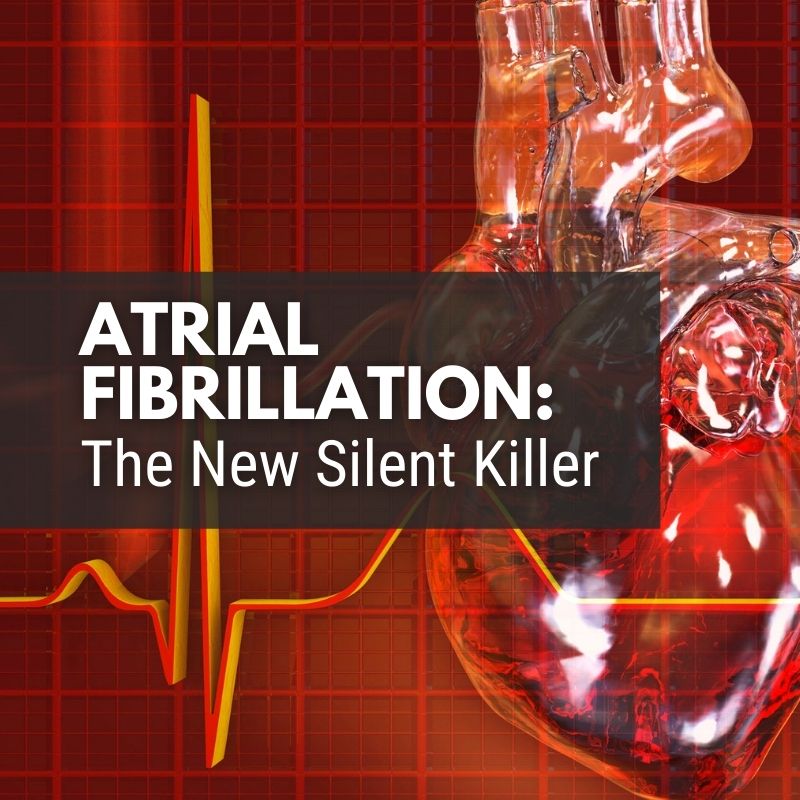What is atrial fibrillation?
Atrial fibrillation is a form of irregular heartbeat that can cause stroke and rob us of meaningful life.
The occurrence of this irregular heartbeat increases with age. Some patients may feel palpitations while others may notice this as an abnormality on their smart watches.
How does this heart condition cause a stroke?
The presence of AF causes blood flow in the heart chamber to become poorly coordinated and this results in stasis of blood. When stasis occurs, clots form. These clots can dislodge and travel within the blood stream and end up choking up one of the blood vessels in the brain. This immediately leads to damage of brain cells as the cells are deprived of nutrients and oxygen. Brain cell death occurs and patients can lose their ability to speak or move subsequently.
PREVENTION IS BETTER THAN CURE.
What are the medications to prevent stroke in patients with AF?
There are now effective medications to prevent this disastrous situation. These are anticoagulants (blood thinners) which thin down the blood and prevent clots from forming. This is a lifelong treatment for most patients.
Will I bleed if I take blood thinners?
Most patients will be able to tolerate these medications safely. There will however be some patients who may not be able to take long term blood thinners (e.g. because of other health conditions that pre-dispose them to bleeding). Others may have to discontinue blood thinners due to recurrent bleeding episodes with these medications.

Can we find another way to protect these patients who cannot take blood thinners?
Yes. We know from prior studies that 90% of clots form in the left atrial appendage. This is a pouch like structure in the left upper chamber of the heart we call the left atrium. Cardiac surgeons and cardiologists have known that this structure can be eliminated to reduce the risks of stroke. This was often removed or excluded during cardiac surgery. There now however a percutaneous or less invasive way to prevent stroke without surgery. A device is placed through a vessel in the thigh and delivered to the left atrial appendage. This device works like a stopper or cork which plugs the opening to the atrial appendage. After 6 months, tissue form over this stopper and effectively reduces the communication of blood flow to the appendage. The risk of stroke is thus reduced. Clinical studies have shown that this treatment is effective in selected patients.
Does it mean that you will not need blood thinners in future?
You will need to continue the anticoagulation (which are stronger blood thinners) until closure is complete. This could be assessed as early as after 45 days. Your Dr may then decide the potency and type of the blood thinners subsequently. Most would continue to require an antiplatelet agent.
Are there any tests I need before I am deemed suitable for such a procedure?
Yes, there are no two left atrial appendage that are identical. There are variations in shape and sizes. These can be assessed using a CT (computed tomography) scan or a transesophageal echocardiogram (TEE) test. These enable a clear visualization of the atrial appendage. Do speak to your healthcare provider about this.

